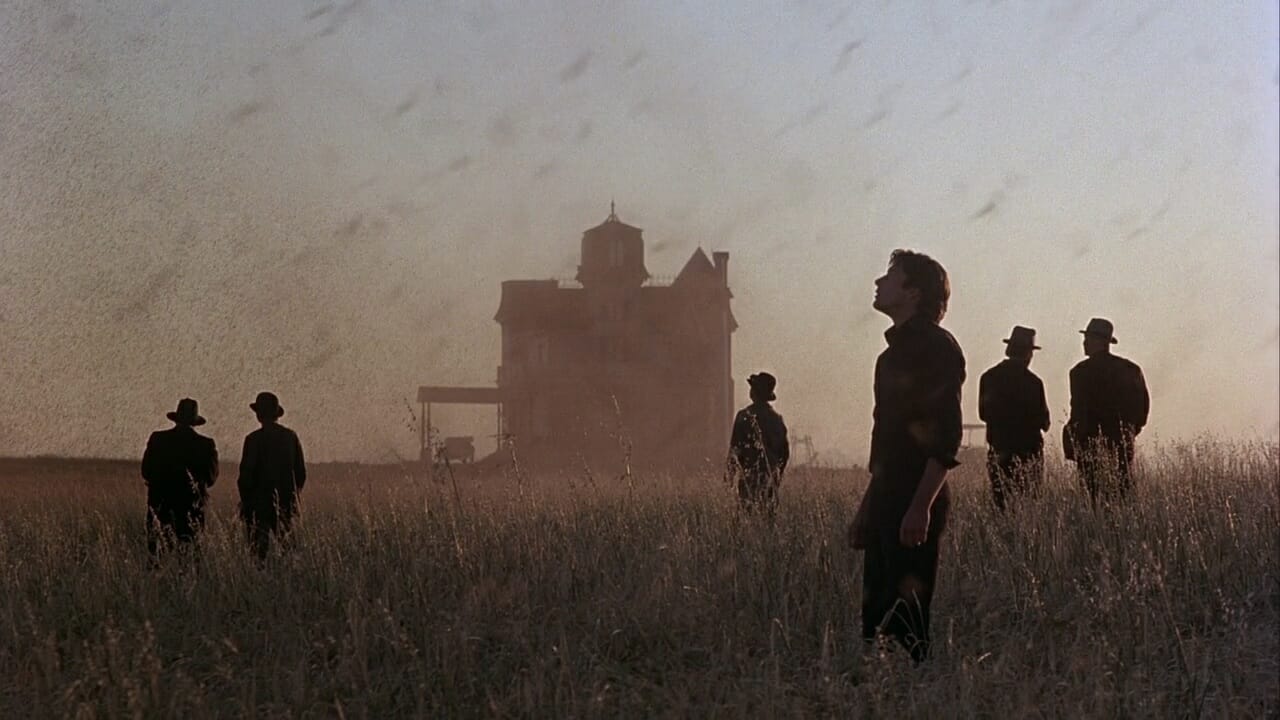-
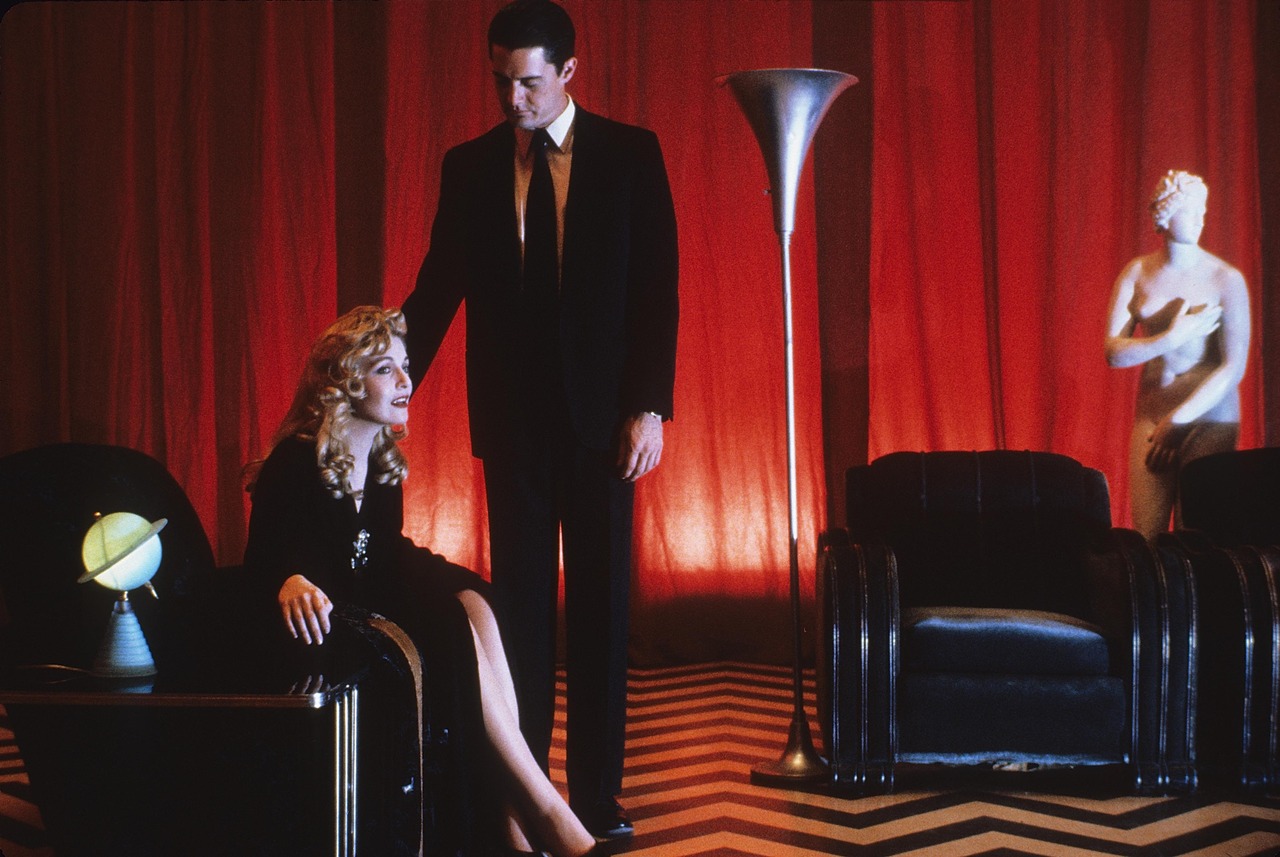
Twin Peaks: Fire Walk with Me (1992)
Salvation is but a distant dream for doomed prom queen Laura Palmer in Twin Peaks: Fire Walk with Me, even as its shallow façade casts a sleepy spell over her blissfully deluded town, letting this all-American sweetheart spiral into a tragic self-destruction brought on by unresolved traumas drawn out through David Lynch’s surreal, psychological horror.
-

Oppenheimer (2023)
Just as the tiniest of quantum processes may produce explosive reactions, so too does the father of the atomic bomb set off seismic ripples across human history in Oppenheimer, and from beneath his shadow Christopher Nolan whisks us forward through a relentlessly non-linear narrative to witness the tortured Destroyer of Worlds emerge out the other…
-
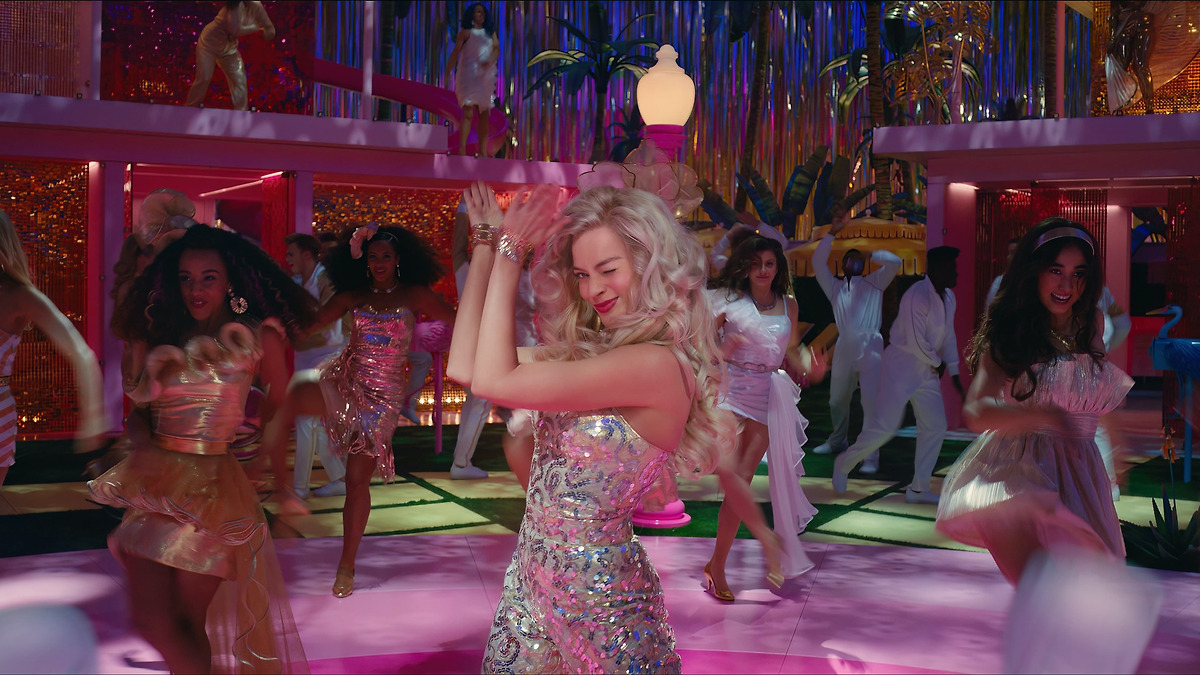
Barbie (2023)
Armed with self-aware humour and a kitschy production design, Greta Gerwig delivers a camp visual treat in Barbie, balancing a feminist interrogation of the doll’s controversial place in pop culture against the innocent, whimsical joy of everything it was intended to represent.
-

Lady Vengeance (2005)
The loss of innocence is no small tragedy in Lady Vengeance, and yet there is an elegant restraint to one ex-convict’s retribution against the serial killer who groomed and framed her, further drawn through Park Chan-wook’s stylish aesthetic as he considers the destructive co-dependency of purity and corruption.
-
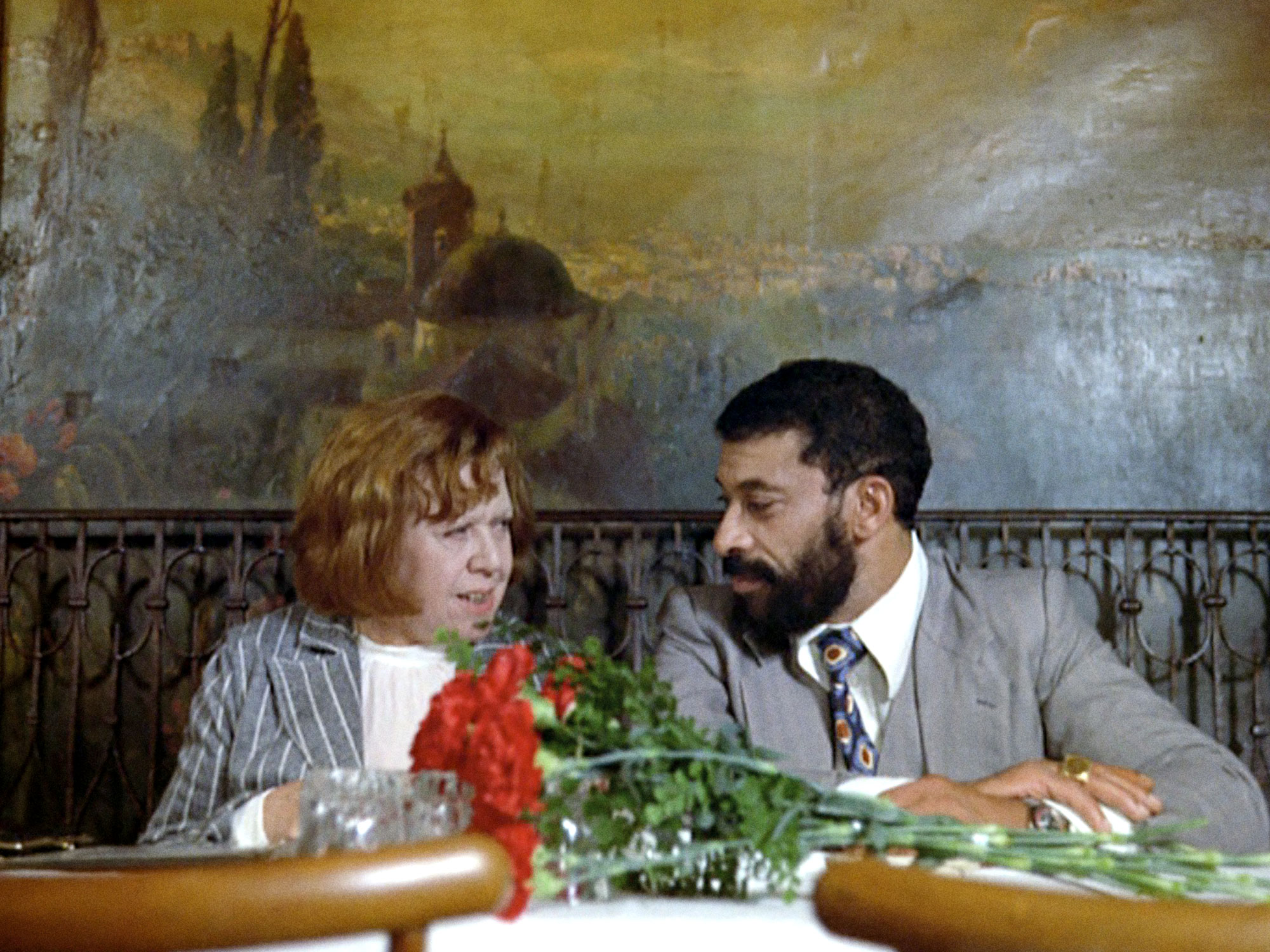
Ali: Fear Eats the Soul (1974)
Within the tight doorframes and behind the railings that Rainer Werner Fassbinder hems his characters into, the interracial romance of Ali: Fear Eats the Soul is confined to a liminal space between domestic and public life that refuses to separate one from the other, merging melodrama and realism to craft an ineffable moral fable of…
-
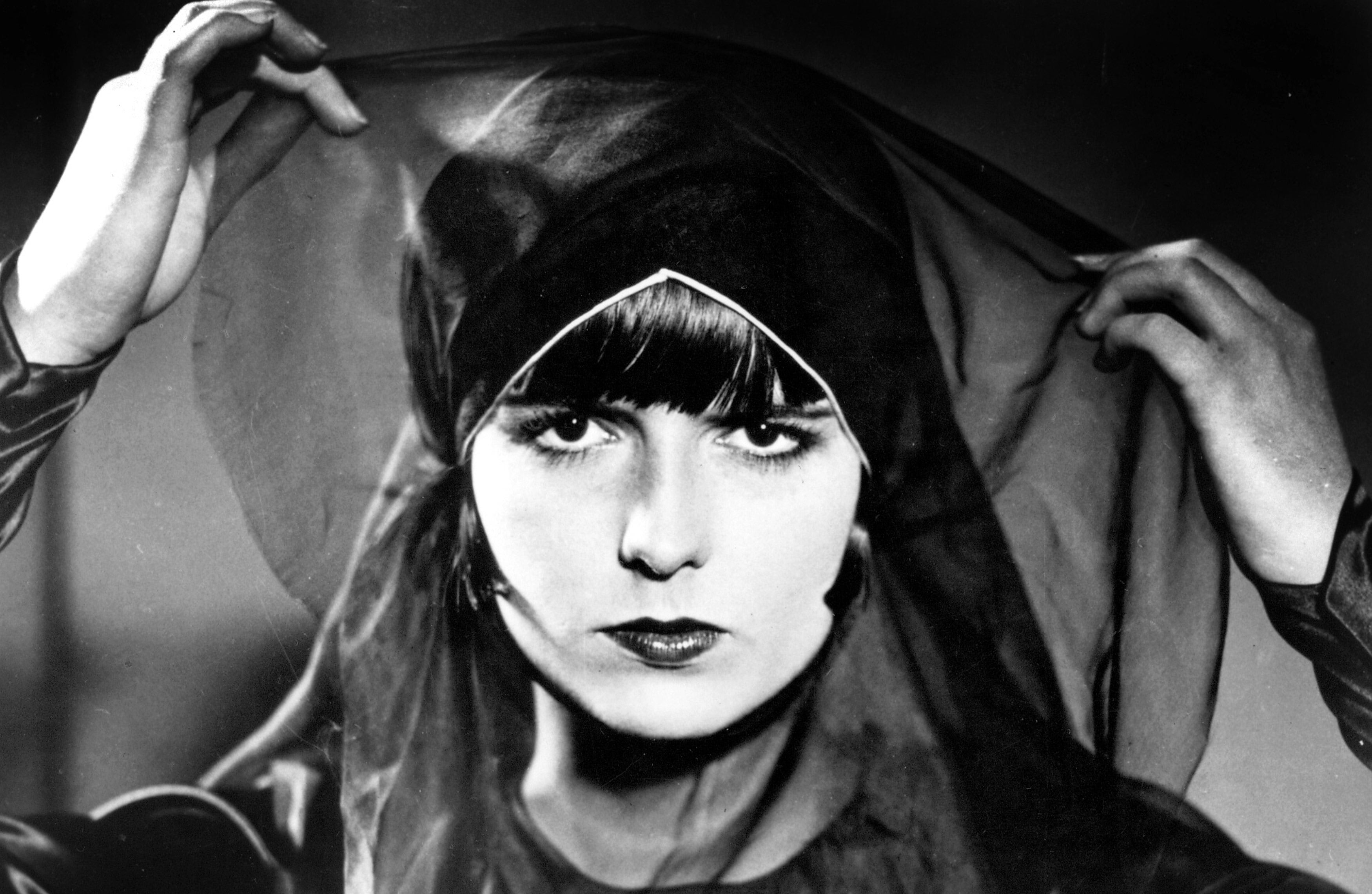
Pandora’s Box (1929)
In the delicate hands of G.W. Pabst, this fable of female scapegoating develops beguiling nuances in its thoughtful characterisations, unequivocally rejecting clear-cut labels of vamps and virgins baked into the history of mythological storytelling, yet never failing to draw us deeper into Louise Brooks’ dazzling feminine thrall.
-

Pi (1998)
True order is found not by trying to penetrate a complex universe in Pi, but rather by accepting its dazzling, wondrous incomprehensibility, as Darren Aronofsky conducts a character study of psychedelic focus that submits us to one mathematical genius’ delusional obsessions.
-
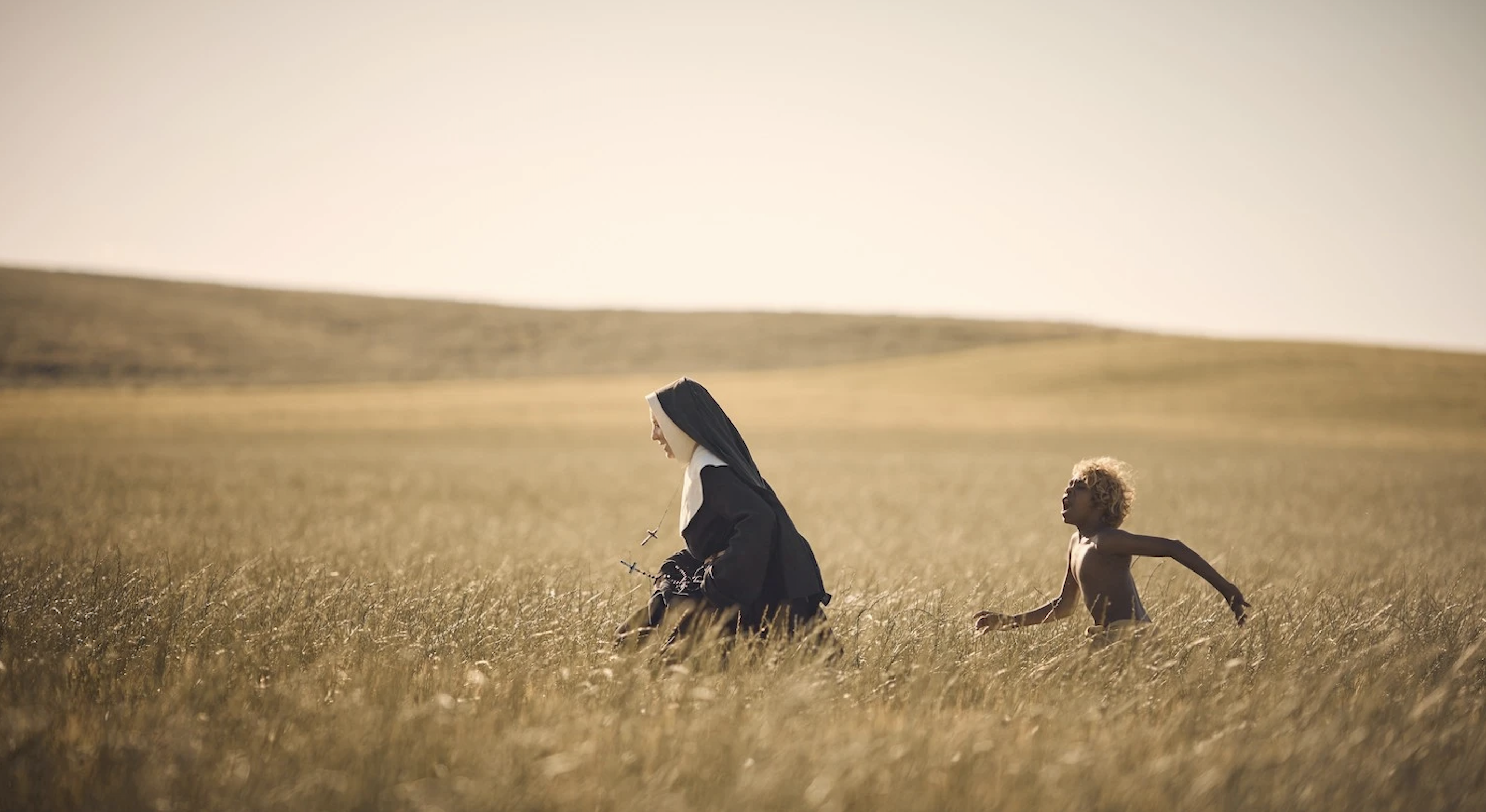
The New Boy (2023)
As the mystical powers of one mute Indigenous Australian boy begin to emerge within a 1940s Catholic orphanage in The New Boy, Warwick Thornton delicately weaves a magical realist allegory of spirituality, assimilation, and colonialism’s stranglehold on ancient cultures, set against the backdrop of the beautifully unfathomable outback.
-

Scenes From a Marriage (1973)
Ingmar Bergman uses six isolated episodes of Johan and Marianne’s married life to piece together a collage of a fragmenting relationship in Scenes From a Marriage, turning their divorce not into a battle of husband versus wife, but rather lovers versus the space between them.
-
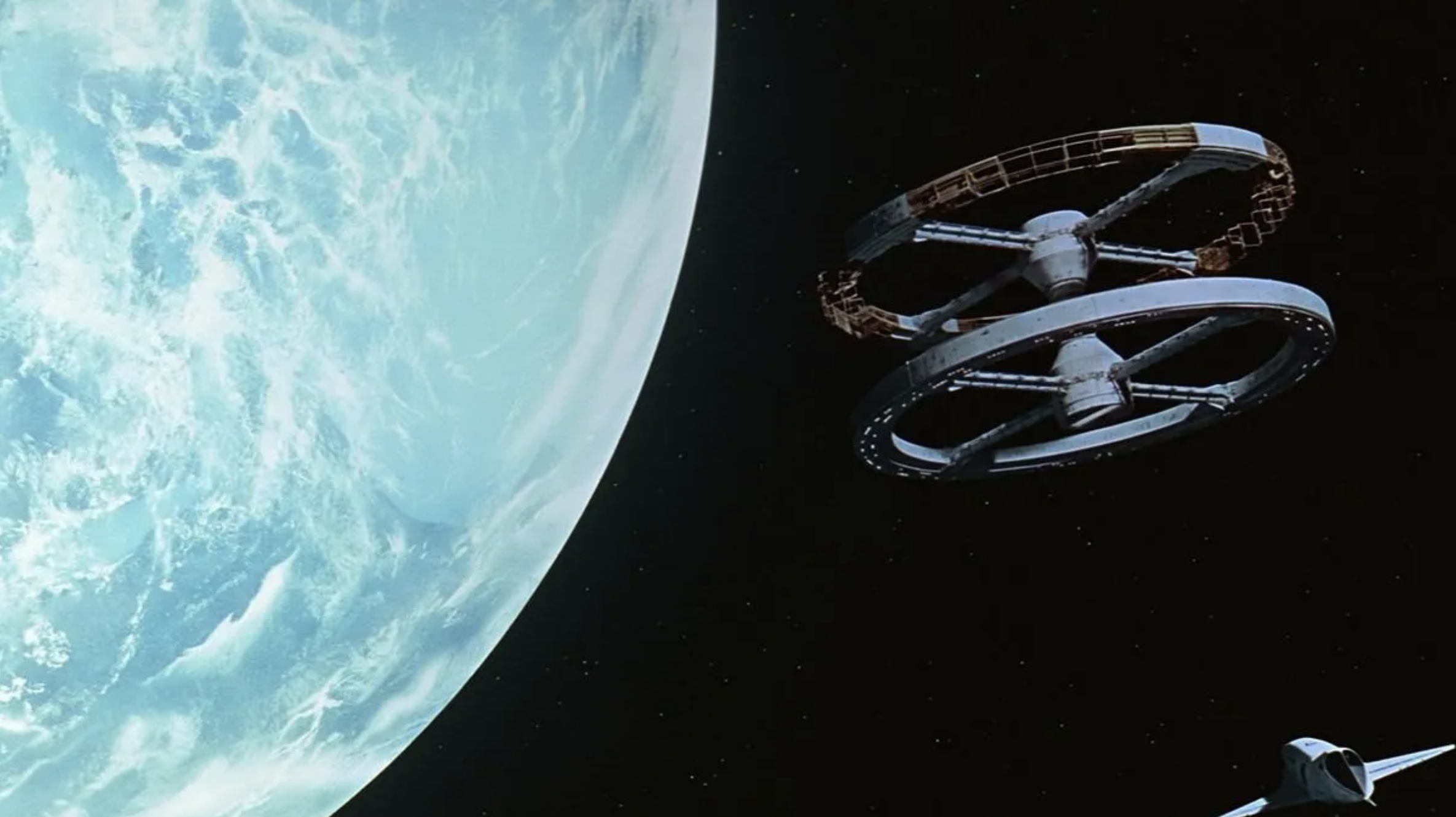
2001: A Space Odyssey (1968)
Through his indisputable talent as an avant-garde storyteller, Kubrick accomplishes a formal rigour and aesthetic precision in 2001: A Space Odyssey that so few artists have ever come close to, revealing a glimpse of humanity’s infinite potential through a staggering feat of filmmaking that measures up to the transcendent, cosmic scale it is representing.
-

Cries and Whispers (1972)
Ingmar Bergman’s wrestling with matters of faith and tortured female relationships has never been so vividly illustrated as it is in Cries and Whispers, confining its three sisters and their maid to the crimson-saturated dreams of their family home, and surreally interrogating the fractures which only deepen with their parallel suffering.
-
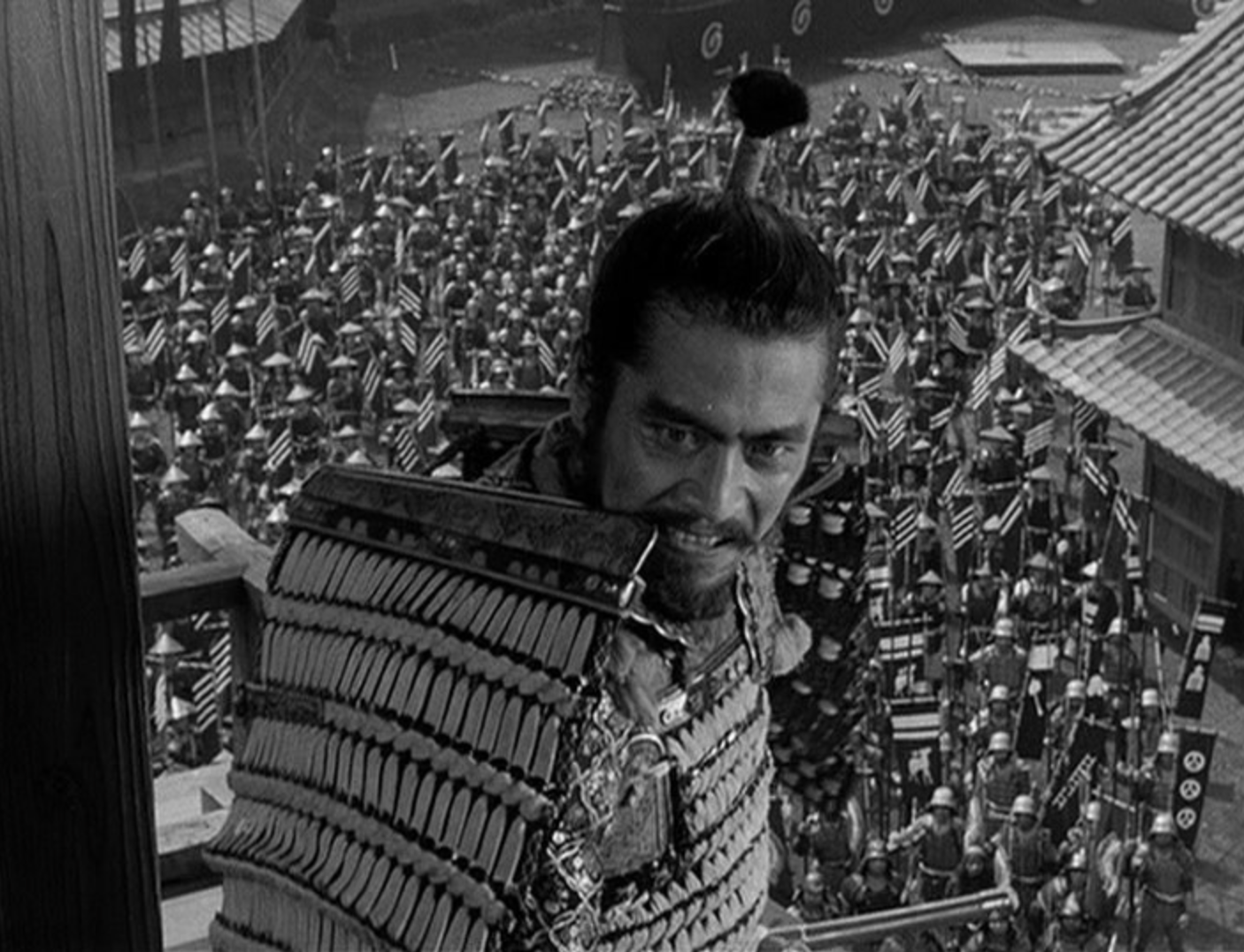
Throne of Blood (1957)
Akira Kurosawa’s landscapes of ambition, fate, and consequences make for a perfect marriage with Shakespeare’s Macbeth in Throne of Blood, formally integrating the narrative’s treacherous power plays with historical elements of Japanese Noh theatre, and mounting the forces of nature and destiny against the dishonourable samurai at its centre.
